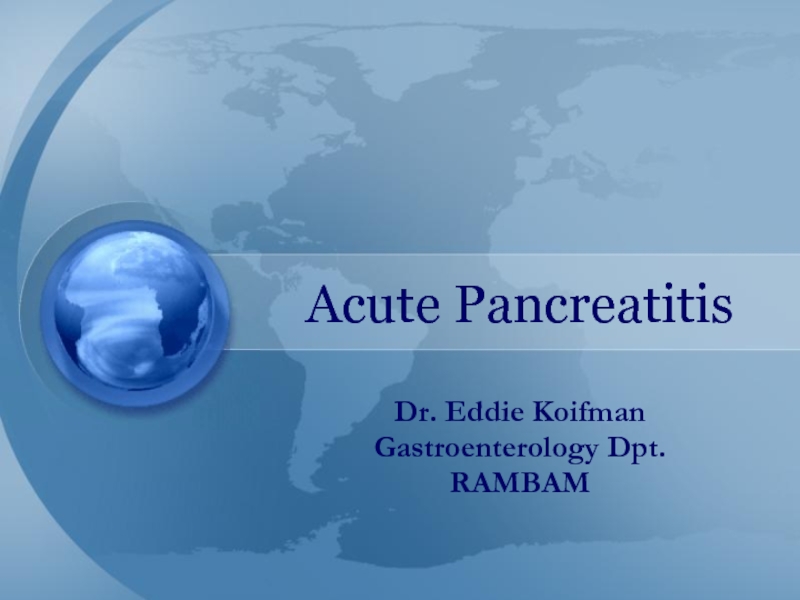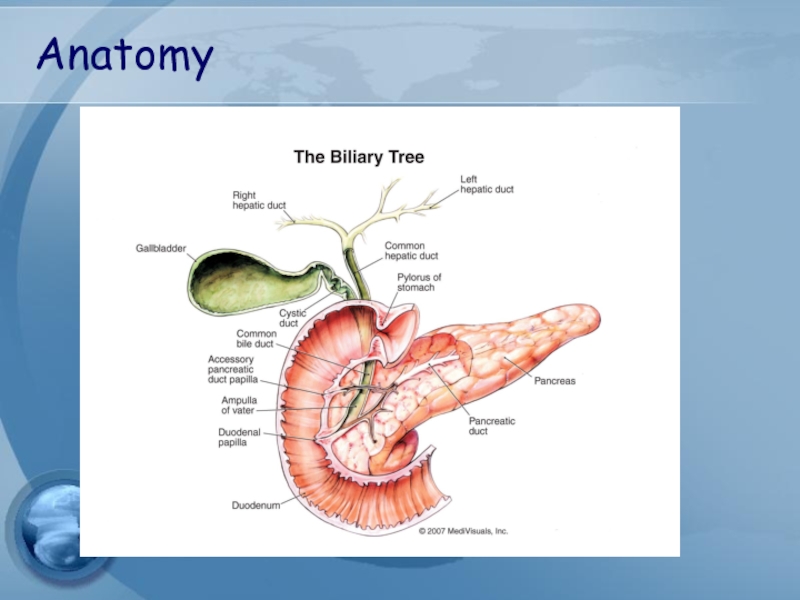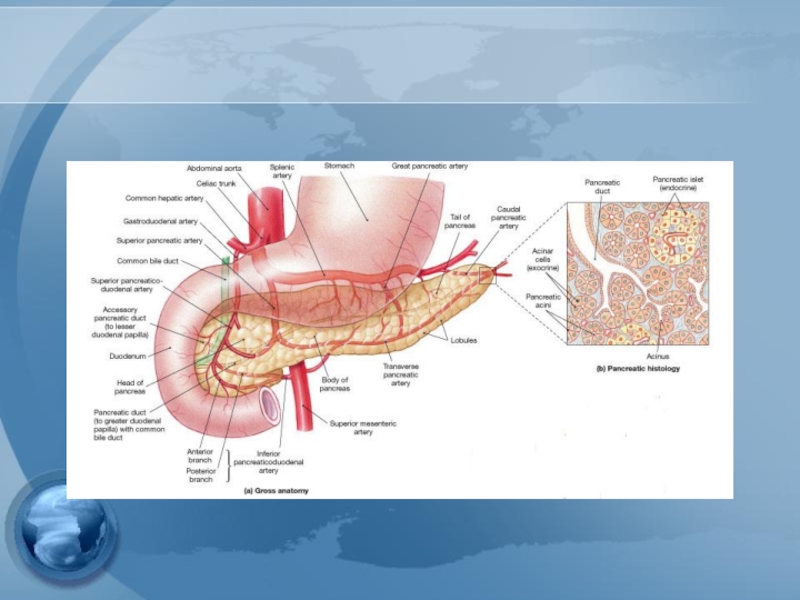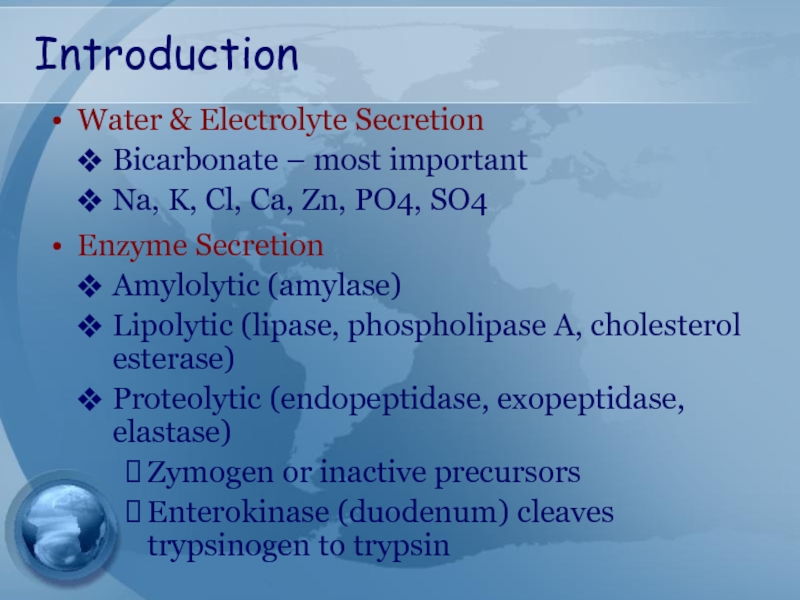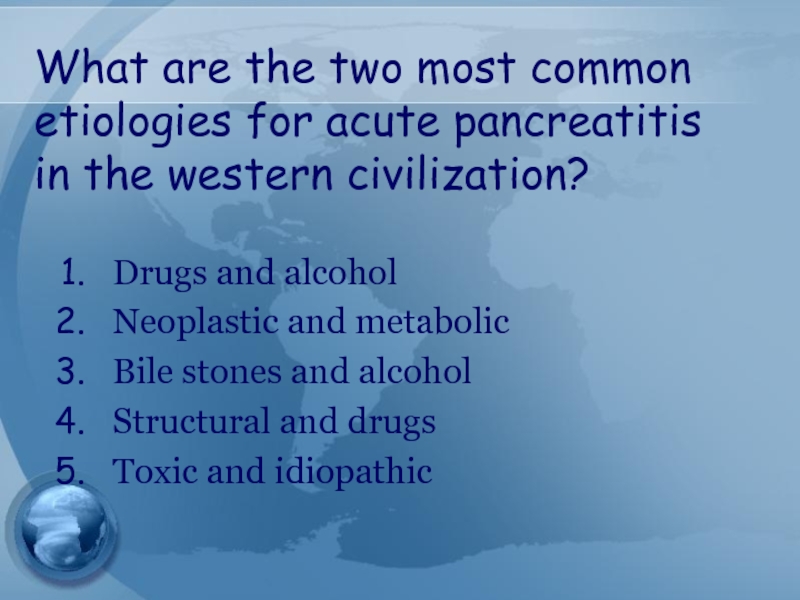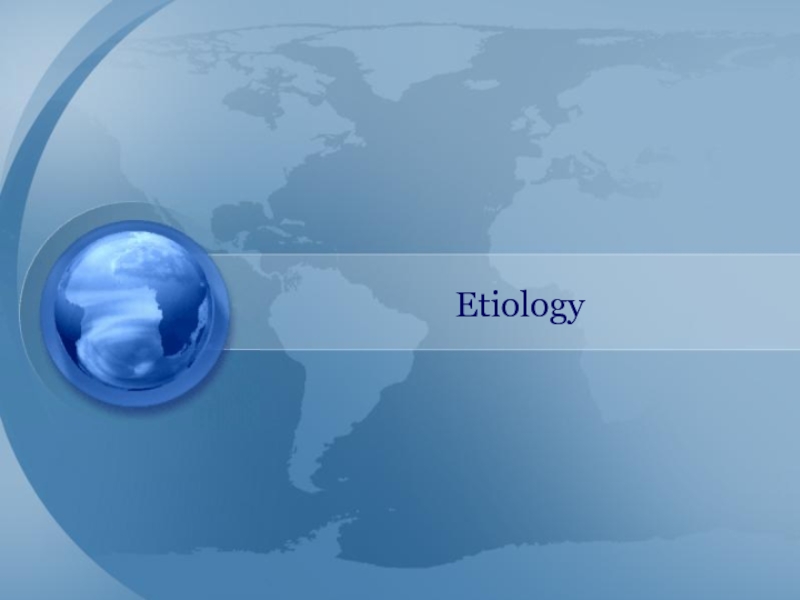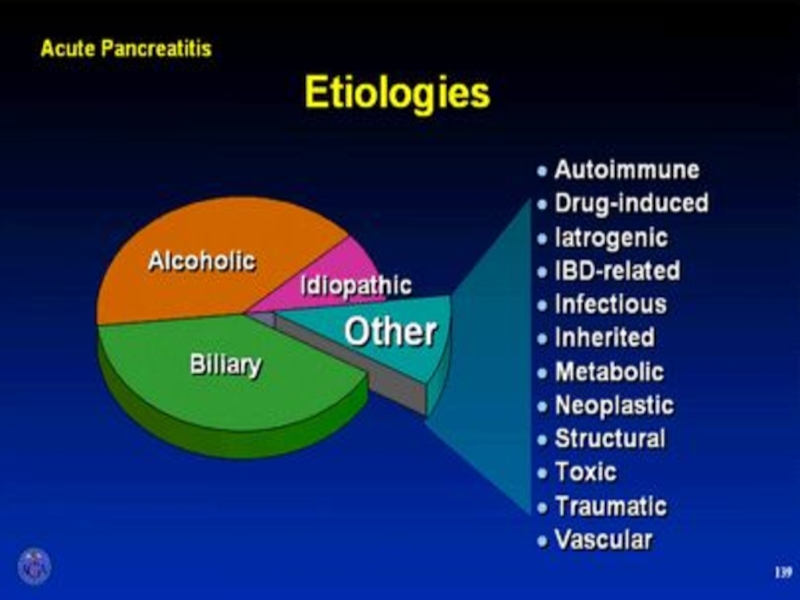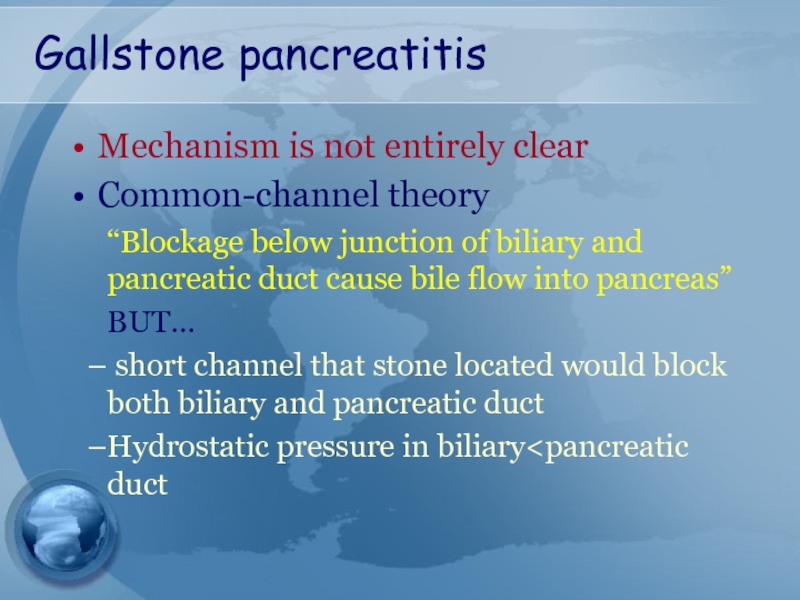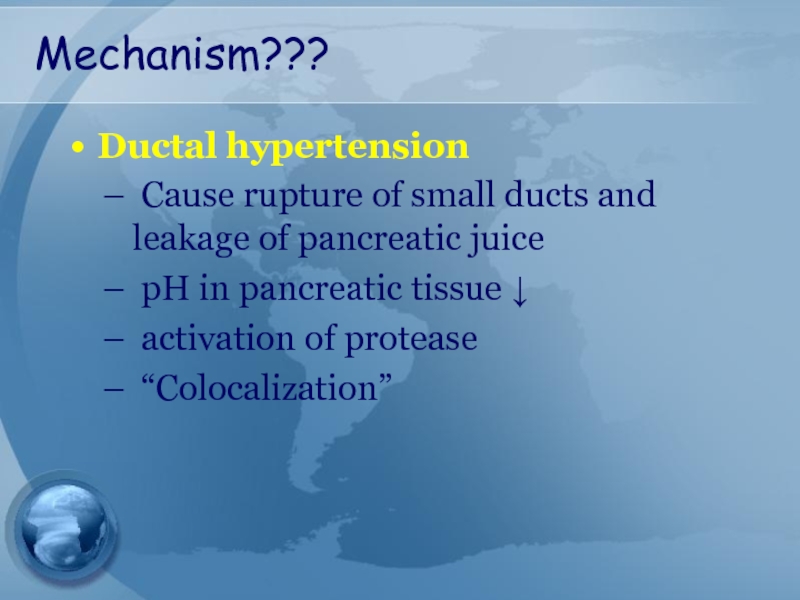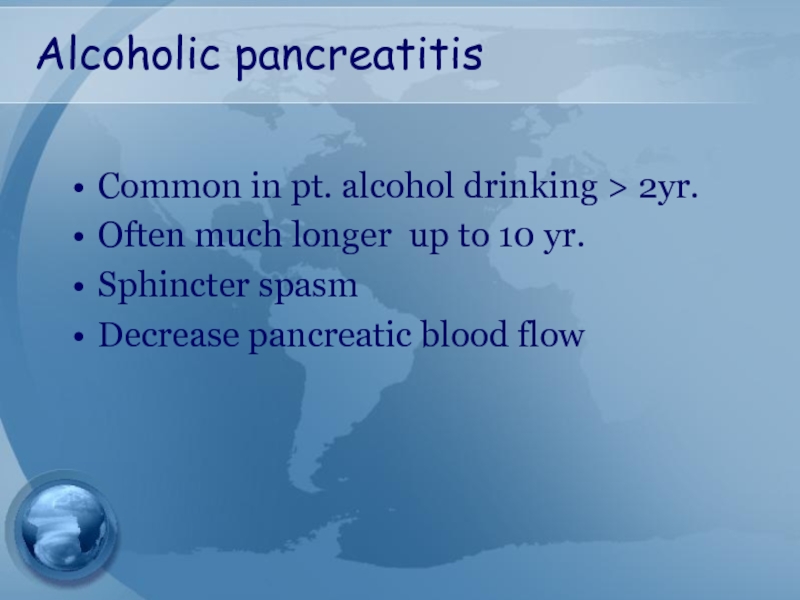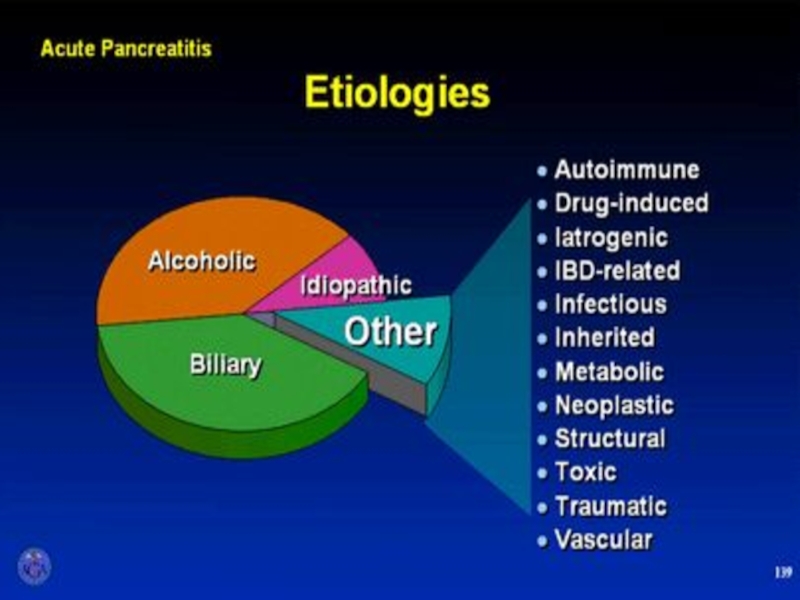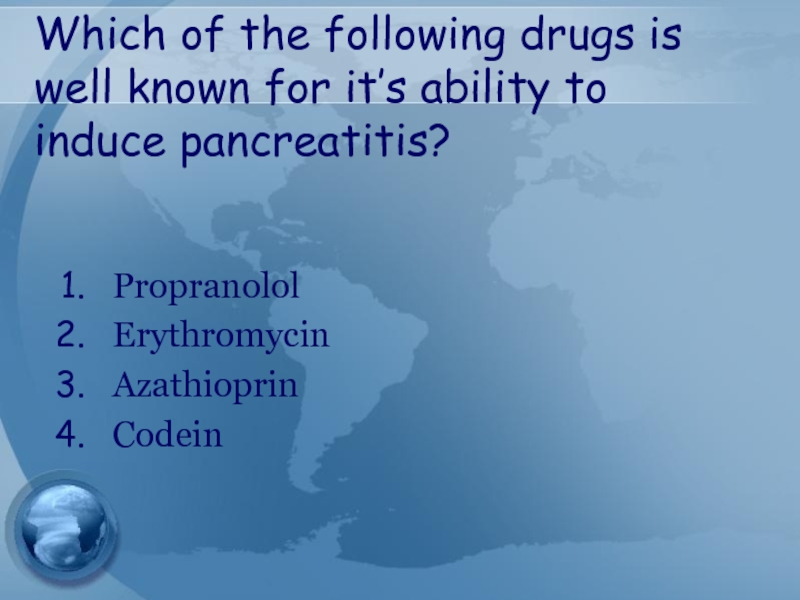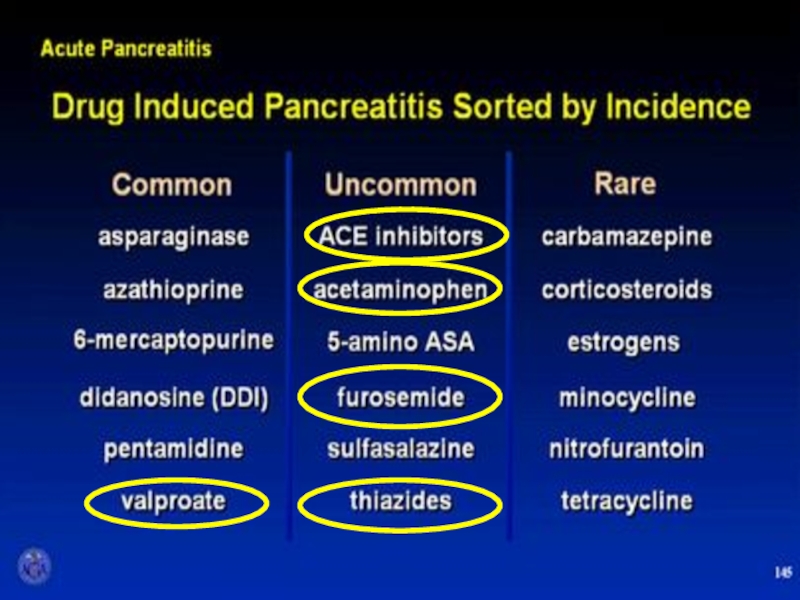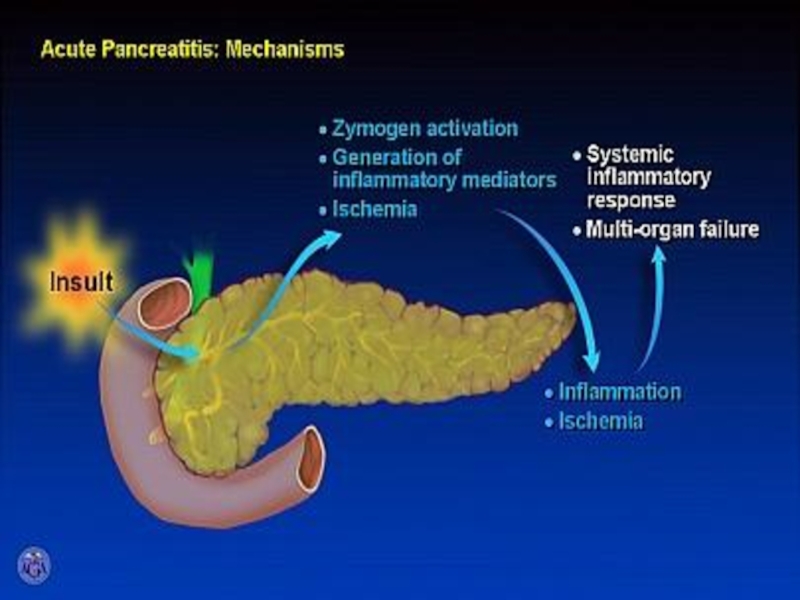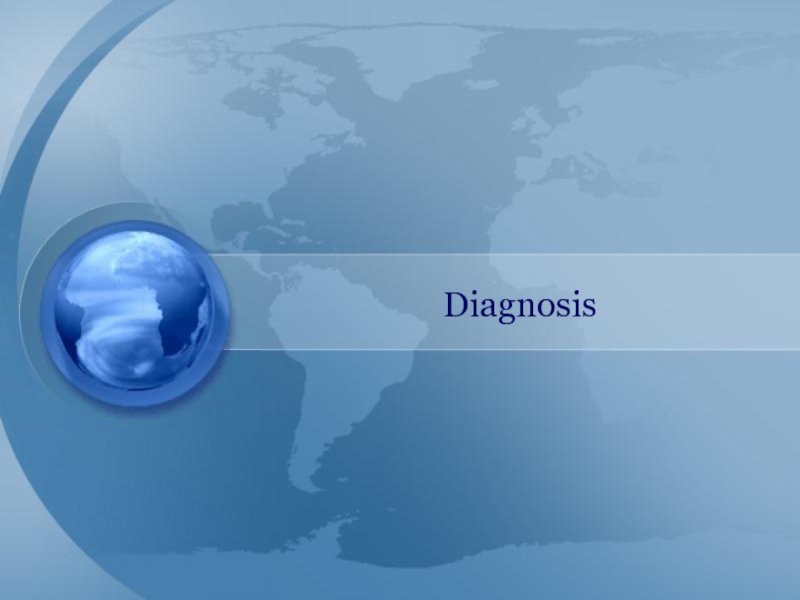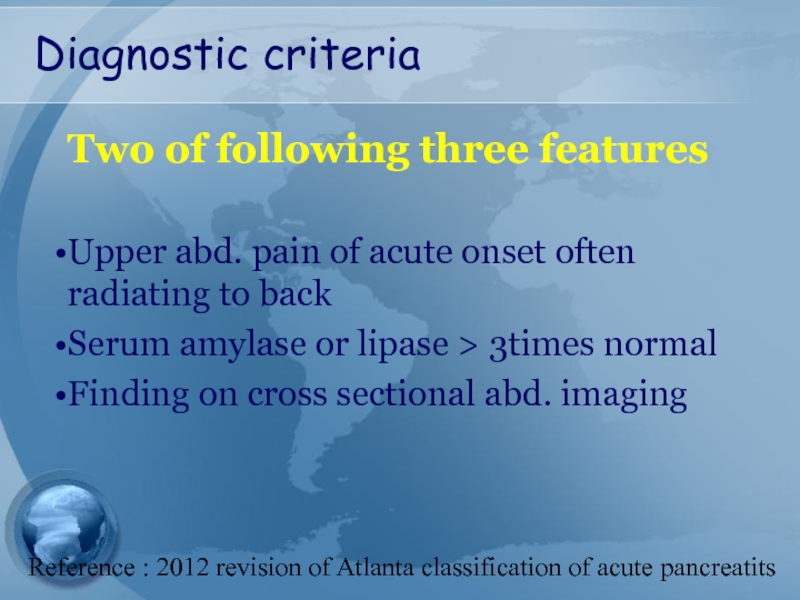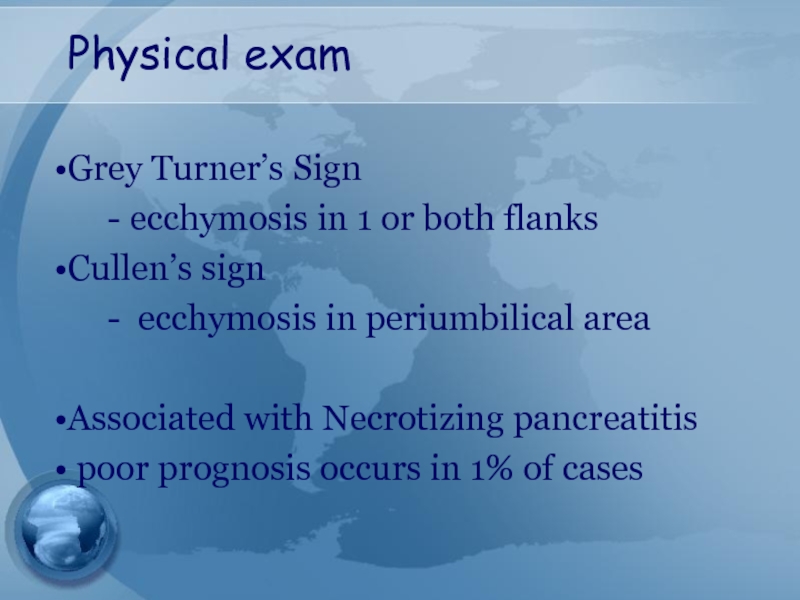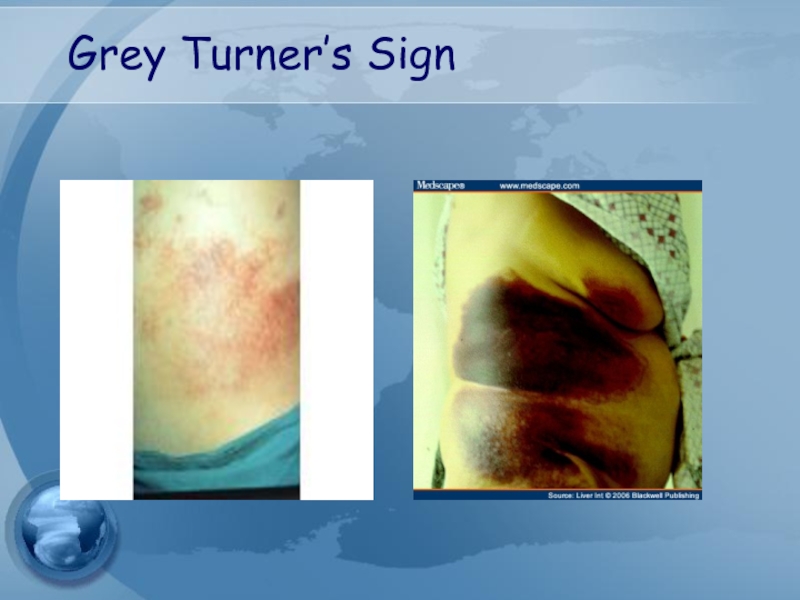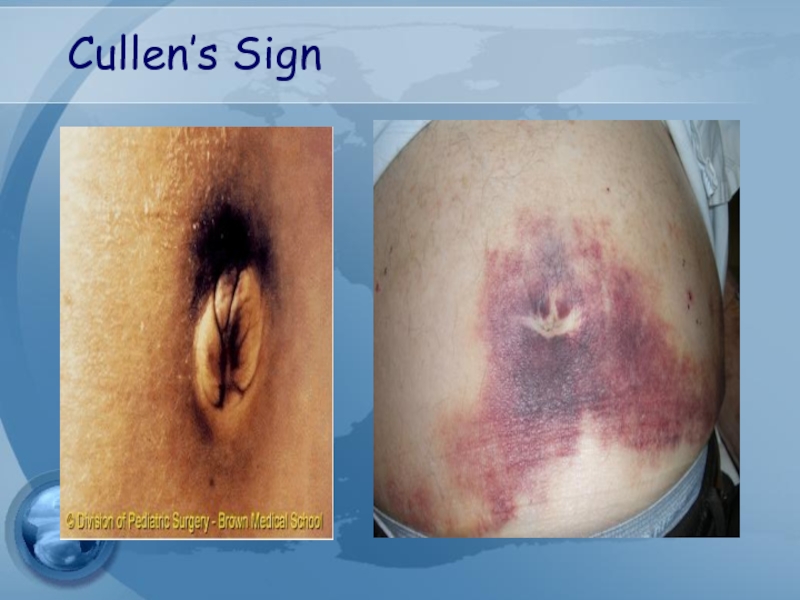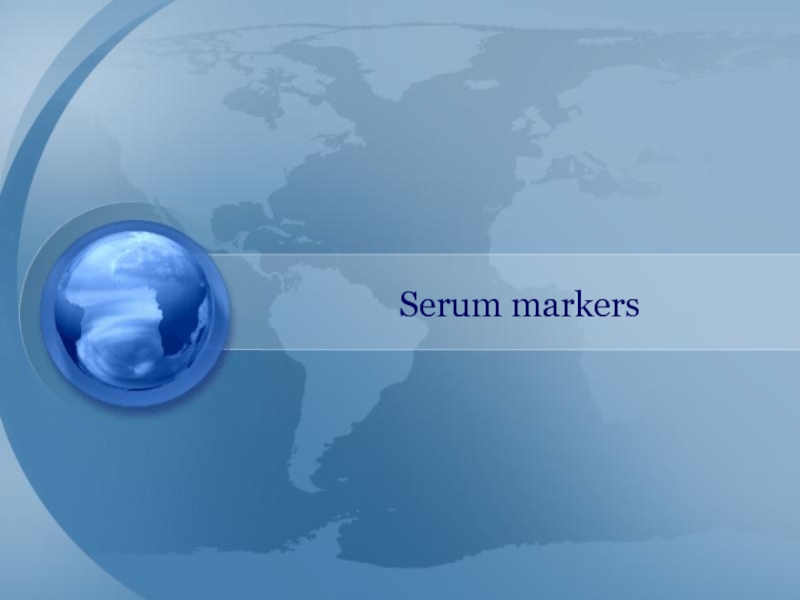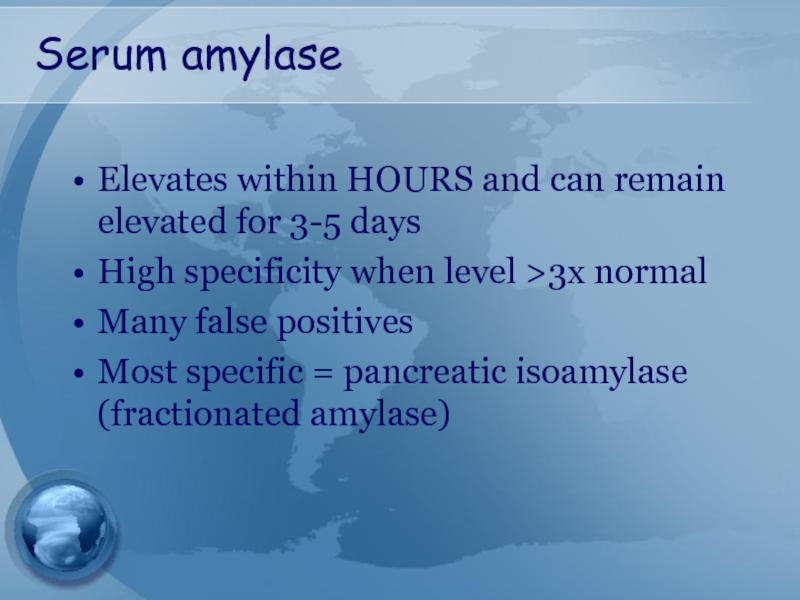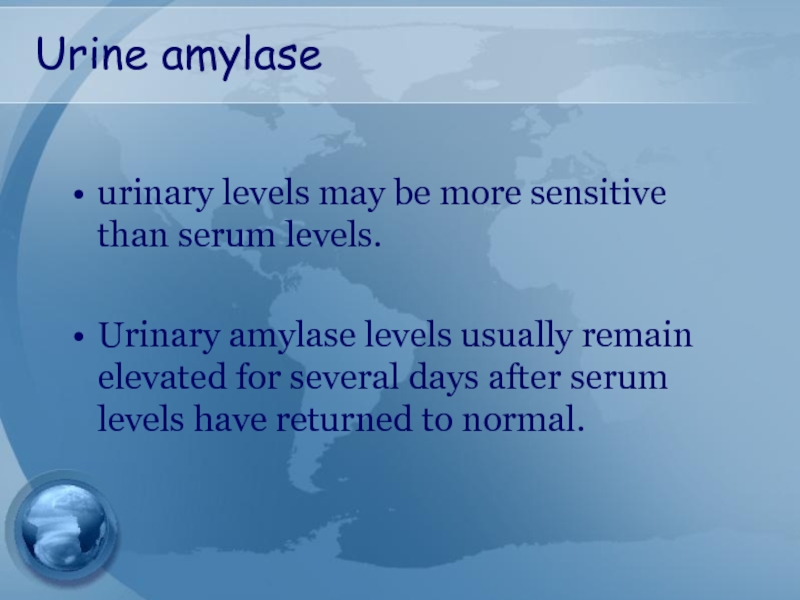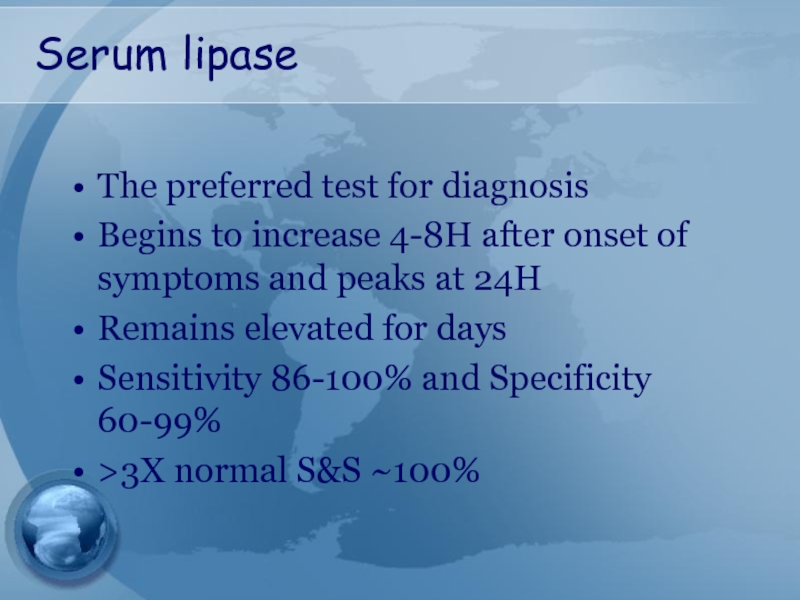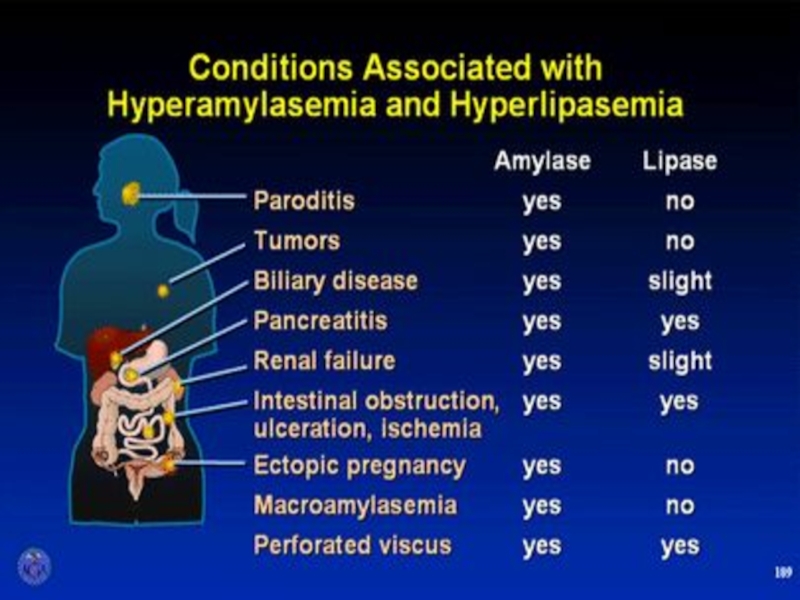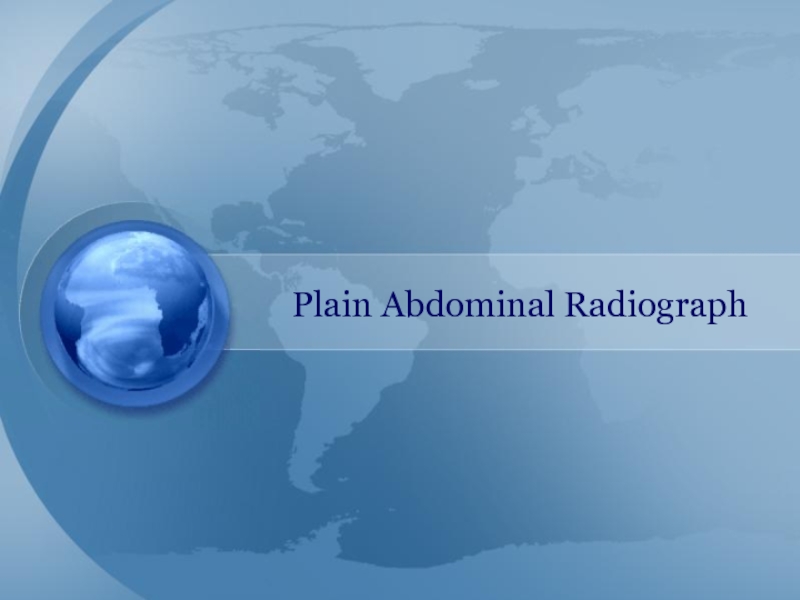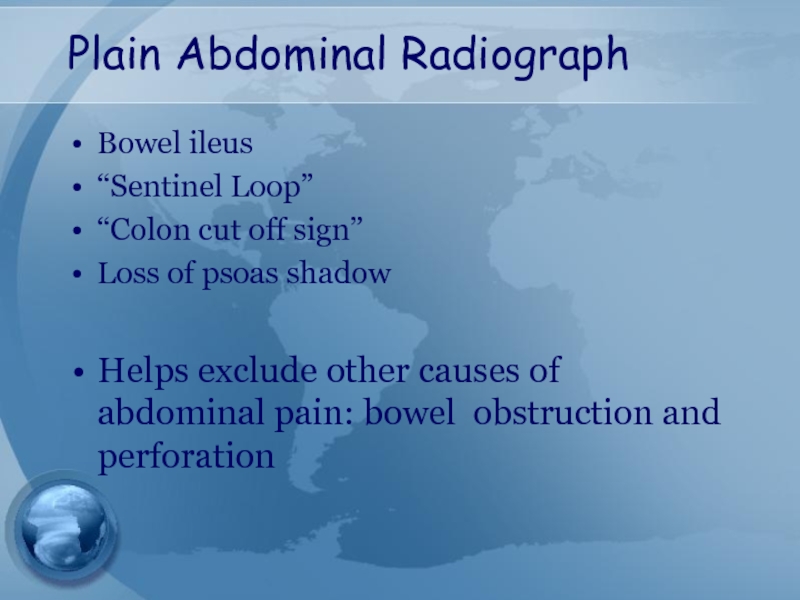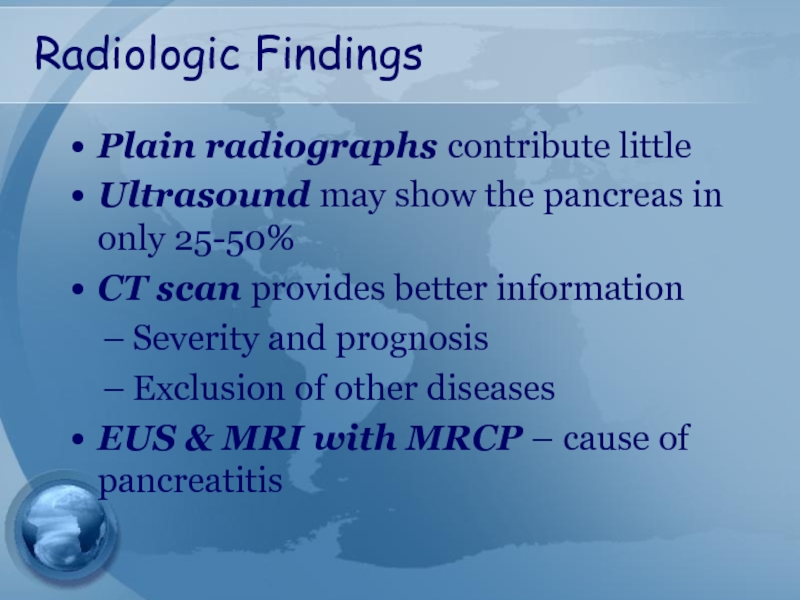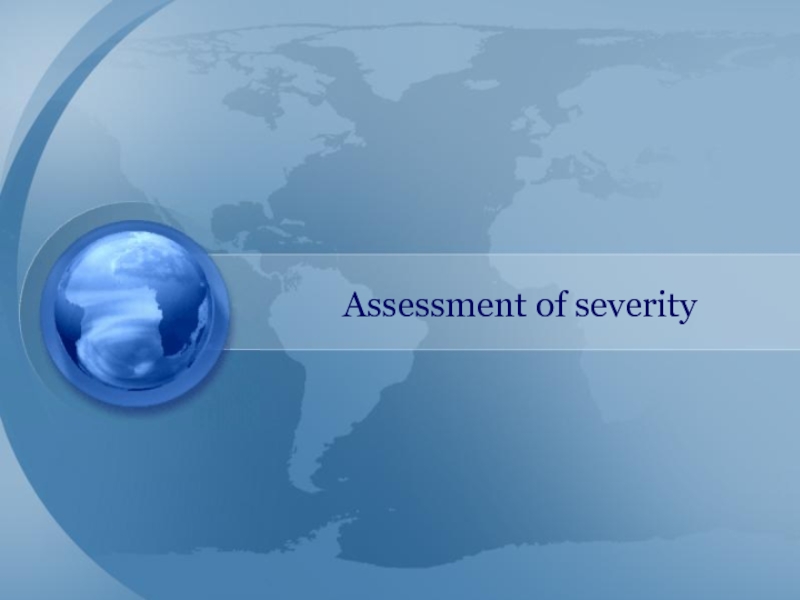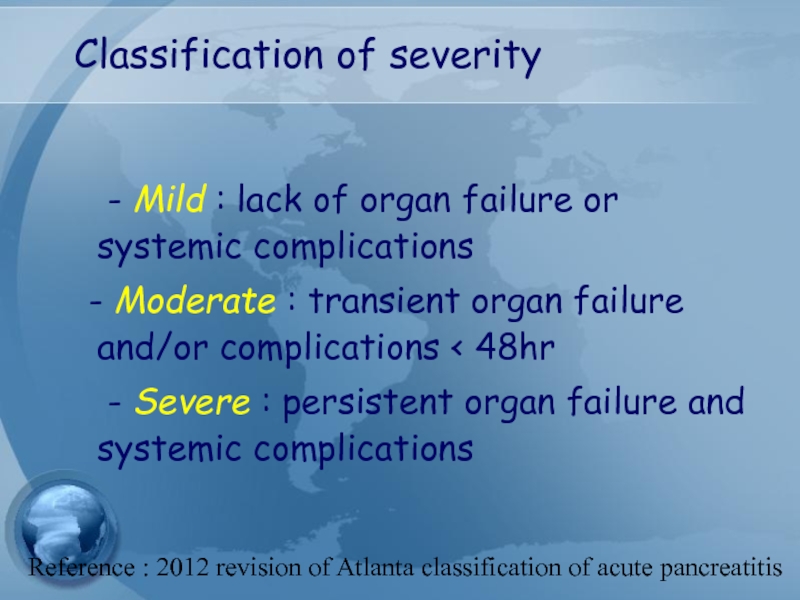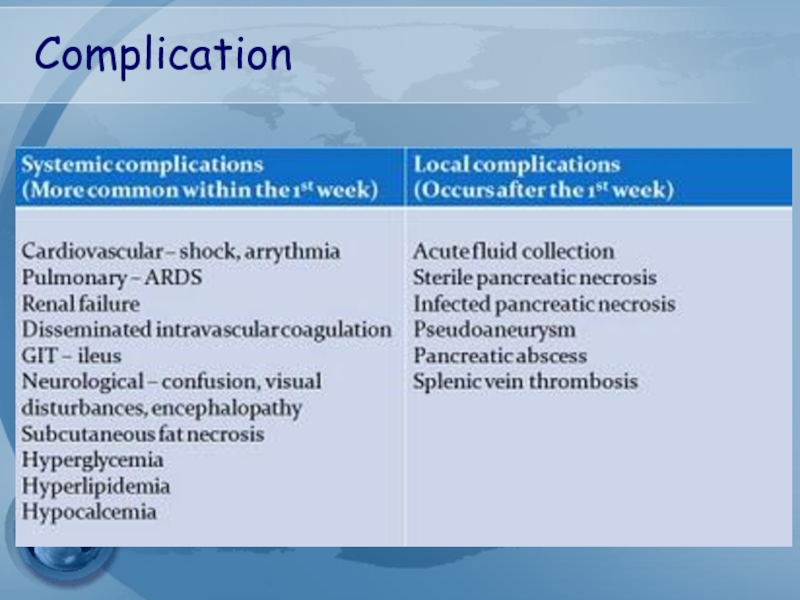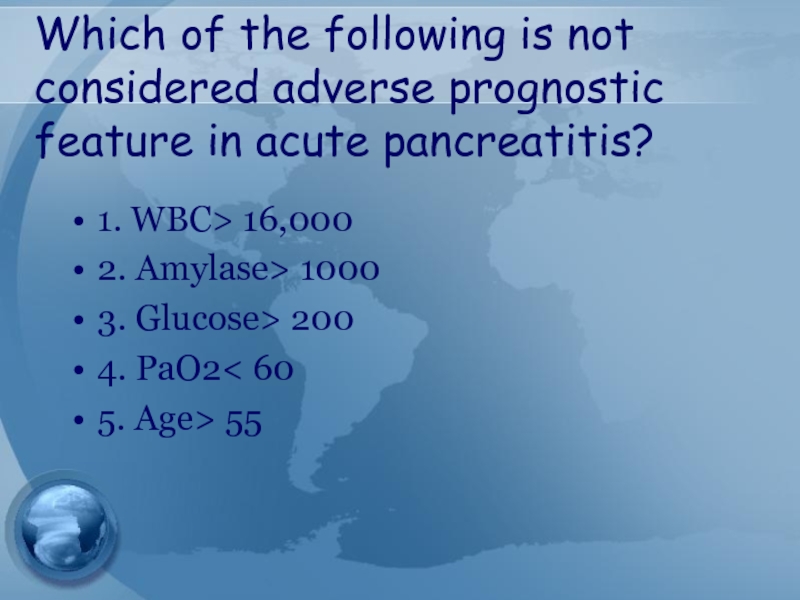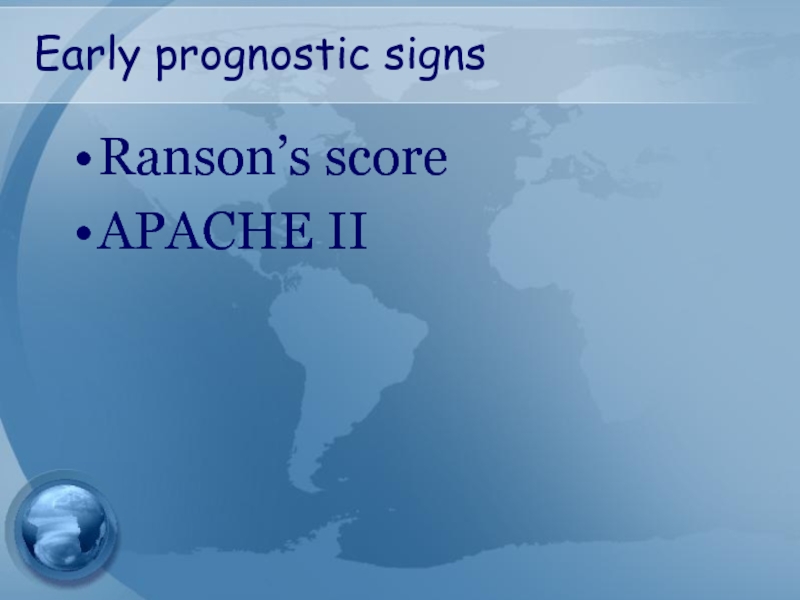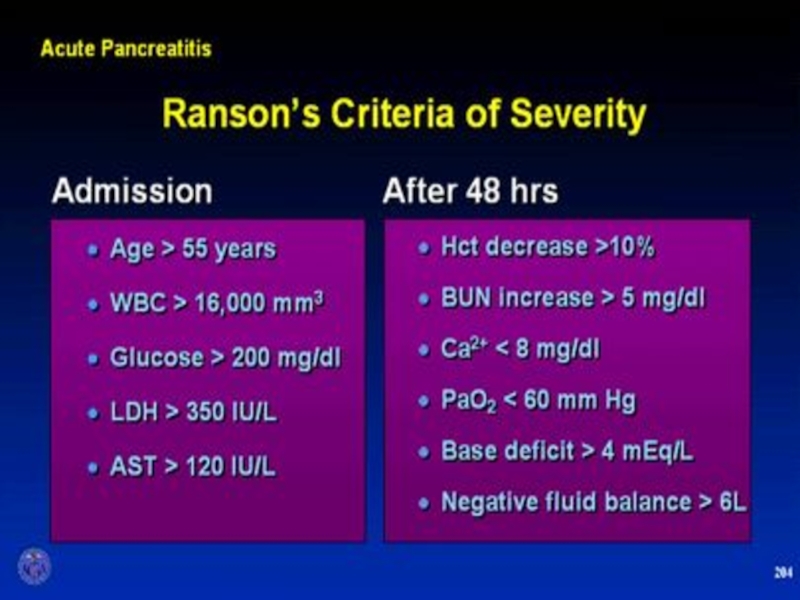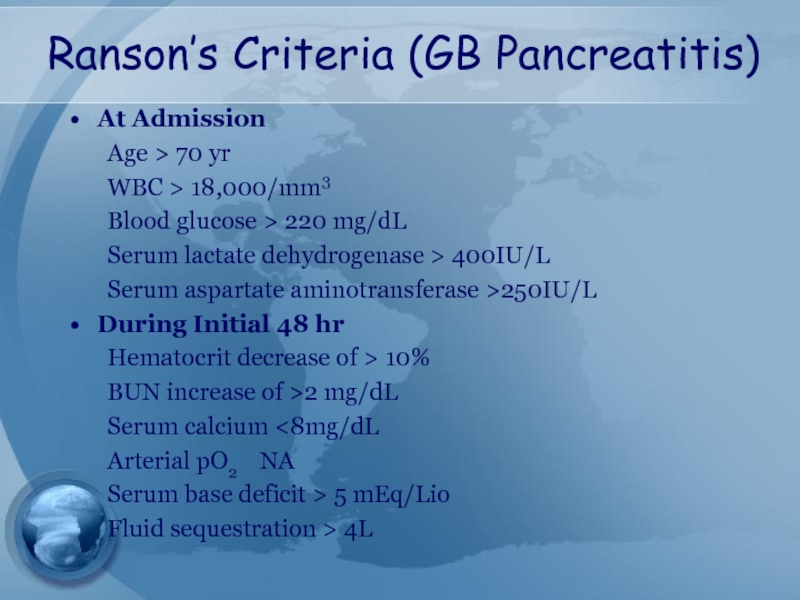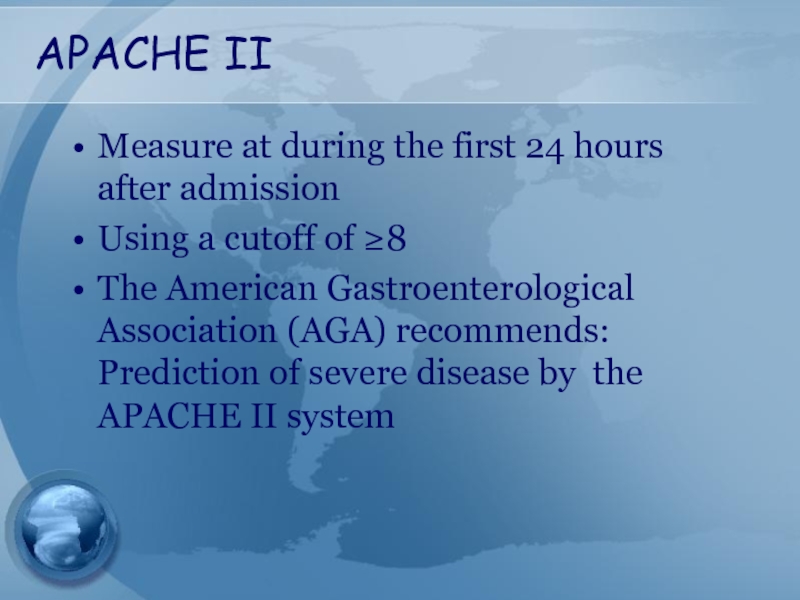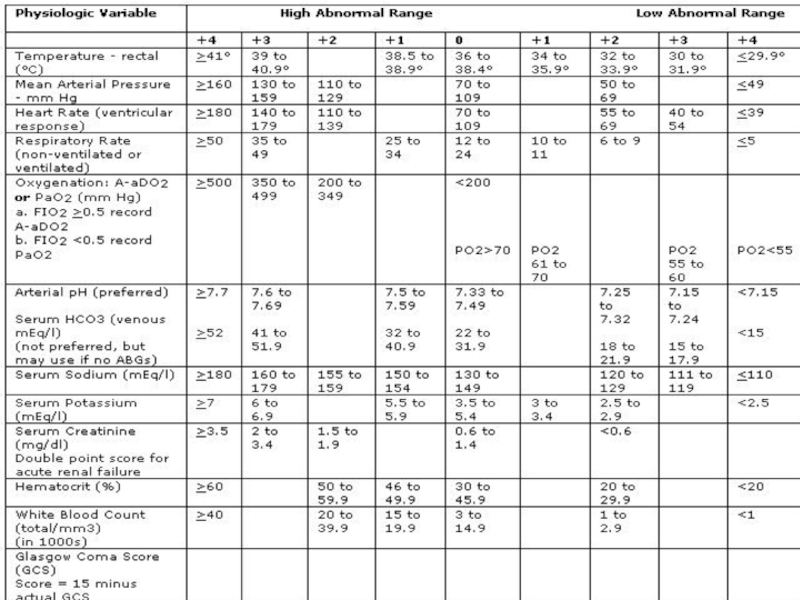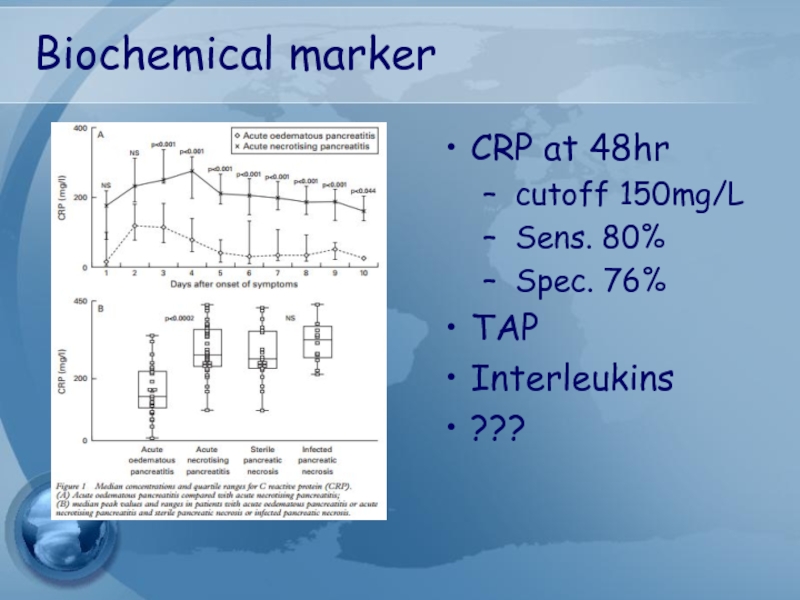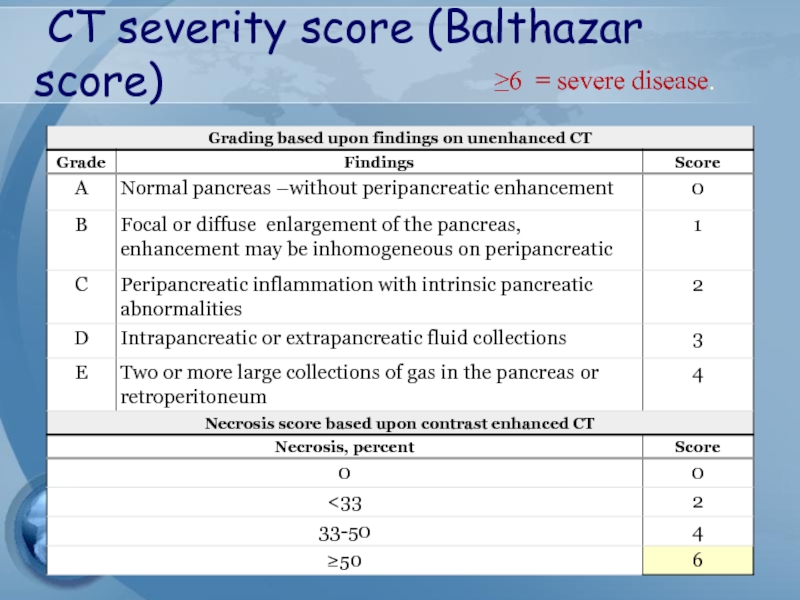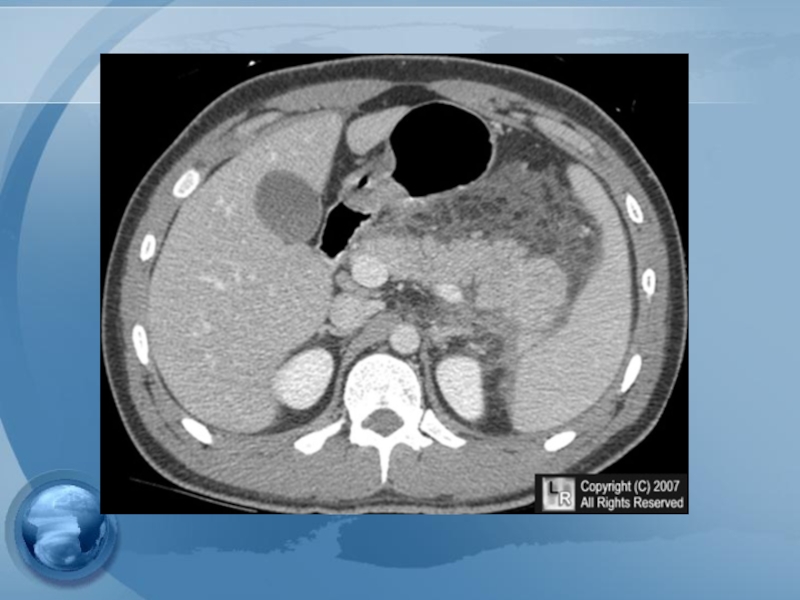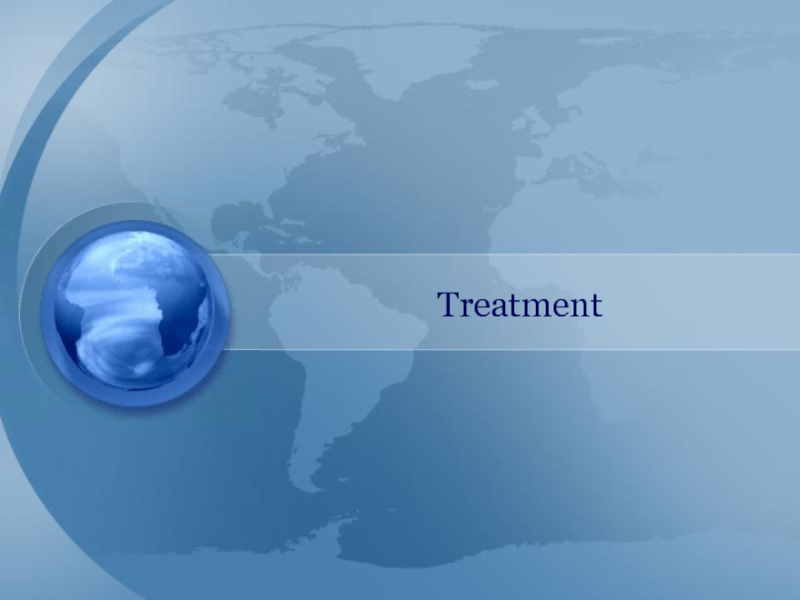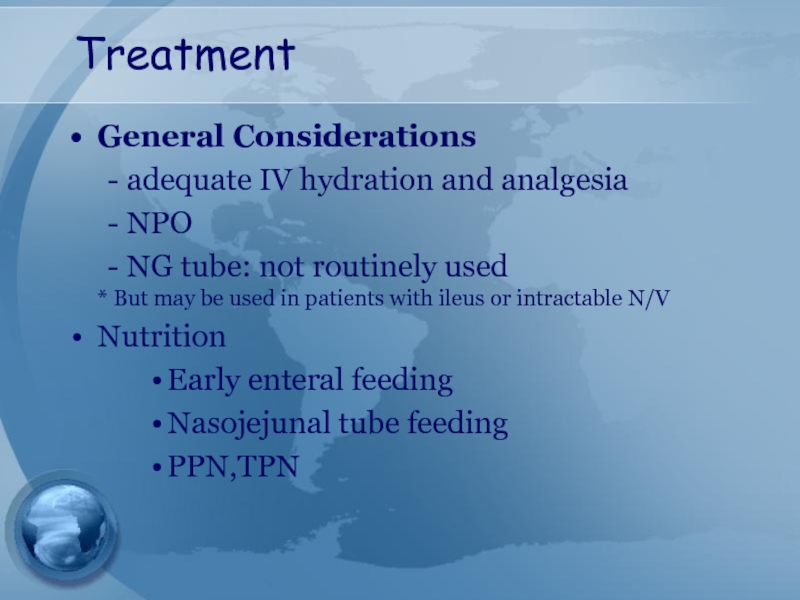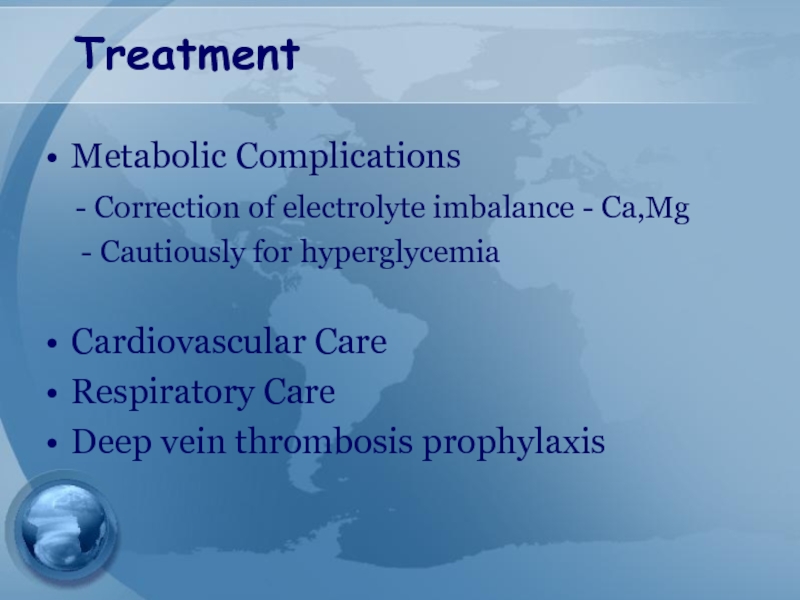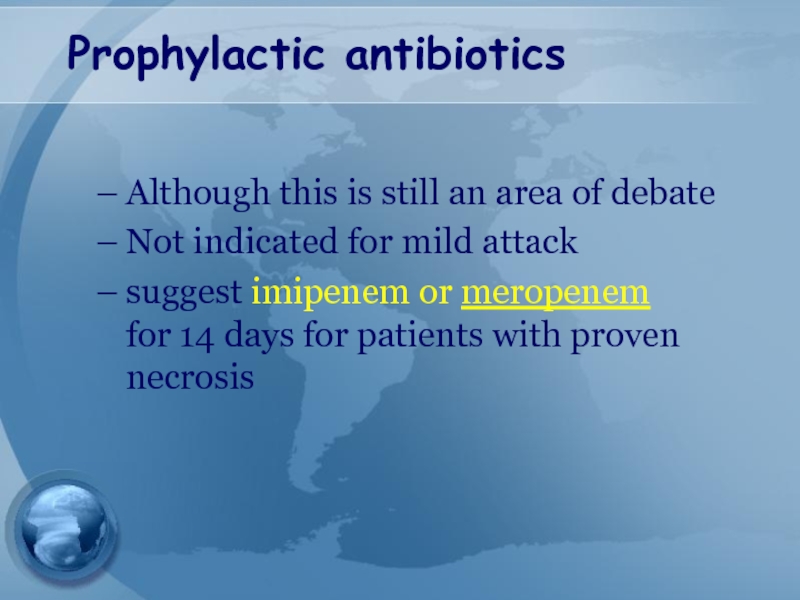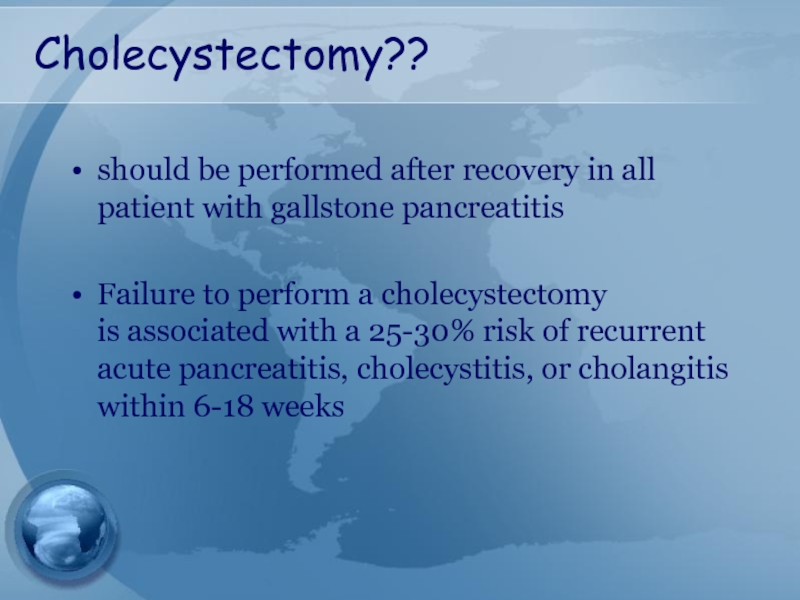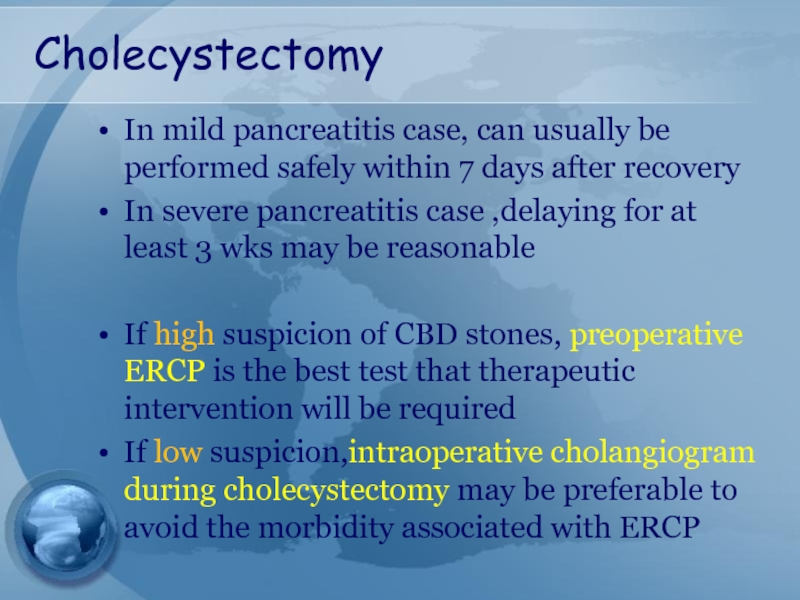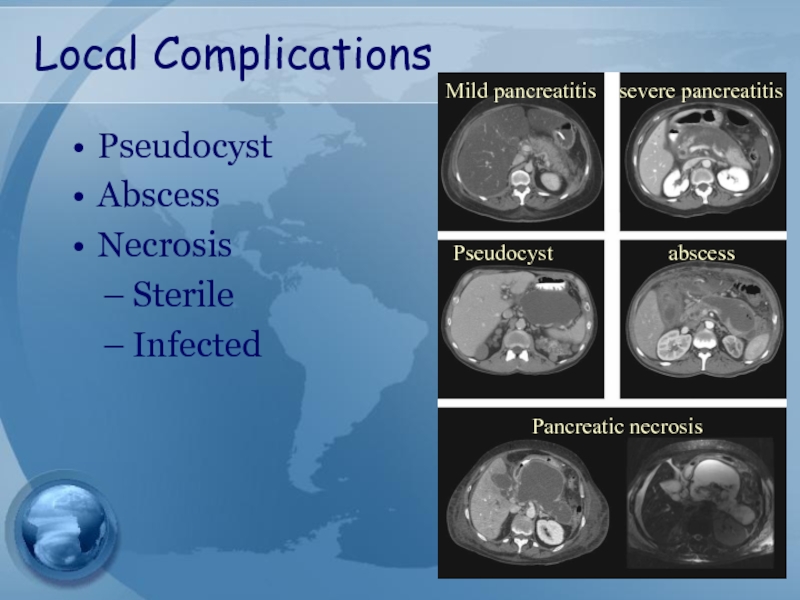- Главная
- Разное
- Дизайн
- Бизнес и предпринимательство
- Аналитика
- Образование
- Развлечения
- Красота и здоровье
- Финансы
- Государство
- Путешествия
- Спорт
- Недвижимость
- Армия
- Графика
- Культурология
- Еда и кулинария
- Лингвистика
- Английский язык
- Астрономия
- Алгебра
- Биология
- География
- Детские презентации
- Информатика
- История
- Литература
- Маркетинг
- Математика
- Медицина
- Менеджмент
- Музыка
- МХК
- Немецкий язык
- ОБЖ
- Обществознание
- Окружающий мир
- Педагогика
- Русский язык
- Технология
- Физика
- Философия
- Химия
- Шаблоны, картинки для презентаций
- Экология
- Экономика
- Юриспруденция
Acute Pancreatitis презентация
Содержание
- 1. Acute Pancreatitis
- 2. Anatomy
- 4. Introduction Water & Electrolyte Secretion Bicarbonate –
- 5. What are the two most common etiologies
- 6. Etiology
- 8. Gallstone pancreatitis Mechanism is not entirely clear
- 9. Mechanism??? Ductal hypertension Cause rupture of
- 10. Alcoholic pancreatitis Common in pt. alcohol drinking
- 12. Which of the following drugs is well
- 14. AGA Institute
- 15. Diagnosis
- 16. Diagnostic criteria Two of following three features
- 17. Physical exam Grey Turner’s Sign -
- 18. Grey Turner’s Sign
- 19. Cullen’s Sign
- 20. Serum markers
- 21. Serum amylase Elevates within HOURS and can
- 22. Urine amylase urinary levels may be more
- 23. Serum lipase The preferred test for diagnosis
- 25. Plain Abdominal Radiograph
- 26. Plain Abdominal Radiograph Bowel ileus “Sentinel Loop”
- 27. Radiologic Findings Plain radiographs contribute little Ultrasound
- 28. Assessment of severity
- 29. Classification of severity - Mild :
- 30. Complication
- 31. Which of the following is not considered
- 32. Early prognostic signs Ranson’s score APACHE II
- 34. Ranson’s Criteria (GB Pancreatitis) At Admission Age
- 35. APACHE II Measure at during the first
- 36. APACHE II
- 37. Biochemical marker CRP at 48hr cutoff
- 38. CT severity score (Balthazar score) ≥6 = severe disease.
- 40. Treatment
- 41. Treatment General Considerations - adequate IV hydration
- 42. Treatment Metabolic Complications - Correction
- 43. Prophylactic antibiotics Although this is still an
- 44. TREATMENT OF ASSOCIATED CONDITIONS Gallstone pancreatitis
- 45. Cholecystectomy?? should be performed after recovery in
- 46. Cholecystectomy In mild pancreatitis case, can usually
- 47. Complications
- 48. Local Complications Pseudocyst Abscess Necrosis Sterile Infected Mild pancreatitis severe pancreatitis Pseudocyst abscess Pancreatic necrosis
- 49. Infected pancreatic necrosis.
- 50. Guideline management of severe pancreatitis
- 51. AGA Guideline
- 52. Surgical debridement
- 53. Management of pseudocyst
- 54. Management of pseudocyst Watchful waiting:
- 55. Management of pseudocyst Surgical drainage – gold
- 56. Management of pseudocyst Percutaneous catheter drainage As
- 57. Management of local complication of pancreatitis
- 58. Indication for pancreatic debridement Infected pancreatic necrosis
- 59. Timing of debridement The optimal timing is
- 60. Thank You
Слайд 4Introduction
Water & Electrolyte Secretion
Bicarbonate – most important
Na, K, Cl, Ca, Zn,
Enzyme Secretion
Amylolytic (amylase)
Lipolytic (lipase, phospholipase A, cholesterol esterase)
Proteolytic (endopeptidase, exopeptidase, elastase)
Zymogen or inactive precursors
Enterokinase (duodenum) cleaves trypsinogen to trypsin
Слайд 5What are the two most common etiologies for acute pancreatitis in
Drugs and alcohol
Neoplastic and metabolic
Bile stones and alcohol
Structural and drugs
Toxic and idiopathic
Слайд 8Gallstone pancreatitis
Mechanism is not entirely clear
Common-channel theory
“Blockage below junction of
BUT…
short channel that stone located would block both biliary and pancreatic duct
Hydrostatic pressure in biliary
Слайд 9Mechanism???
Ductal hypertension
Cause rupture of small ducts and leakage of pancreatic
pH in pancreatic tissue ↓
activation of protease
“Colocalization”
Слайд 10Alcoholic pancreatitis
Common in pt. alcohol drinking > 2yr.
Often much longer
Sphincter spasm
Decrease pancreatic blood flow
Слайд 12Which of the following drugs is well known for it’s ability
Propranolol
Erythromycin
Azathioprin
Codein
Слайд 16Diagnostic criteria
Two of following three features
Upper abd. pain of acute onset
Serum amylase or lipase > 3times normal
Finding on cross sectional abd. imaging
Reference : 2012 revision of Atlanta classification of acute pancreatits
Слайд 17Physical exam
Grey Turner’s Sign
- ecchymosis in 1 or both flanks
Cullen’s sign
-
Associated with Necrotizing pancreatitis
poor prognosis occurs in 1% of cases
Слайд 21Serum amylase
Elevates within HOURS and can remain elevated for 3-5 days
High
Many false positives
Most specific = pancreatic isoamylase (fractionated amylase)
Слайд 22Urine amylase
urinary levels may be more sensitive than serum levels.
Urinary amylase
Слайд 23Serum lipase
The preferred test for diagnosis
Begins to increase 4-8H after onset
Remains elevated for days
Sensitivity 86-100% and Specificity 60-99%
>3X normal S&S ~100%
Слайд 26Plain Abdominal Radiograph
Bowel ileus
“Sentinel Loop”
“Colon cut off sign”
Loss of
Helps exclude other causes of abdominal pain: bowel obstruction and perforation
Слайд 27Radiologic Findings
Plain radiographs contribute little
Ultrasound may show the pancreas in only
CT scan provides better information
Severity and prognosis
Exclusion of other diseases
EUS & MRI with MRCP – cause of pancreatitis
Слайд 29Classification of severity
- Mild : lack of organ failure or systemic
- Moderate : transient organ failure and/or complications < 48hr
- Severe : persistent organ failure and systemic complications
Reference : 2012 revision of Atlanta classification of acute pancreatitis
Слайд 31Which of the following is not considered adverse prognostic feature in
1. WBC> 16,000
2. Amylase> 1000
3. Glucose> 200
4. PaO2< 60
5. Age> 55
Слайд 34Ranson’s Criteria (GB Pancreatitis)
At Admission
Age > 70 yr
WBC > 18,000/mm3
Blood glucose
Serum lactate dehydrogenase > 400IU/L
Serum aspartate aminotransferase >250IU/L
During Initial 48 hr
Hematocrit decrease of > 10%
BUN increase of >2 mg/dL
Serum calcium <8mg/dL
Arterial pO2 NA
Serum base deficit > 5 mEq/Lio
Fluid sequestration > 4L
Слайд 35APACHE II
Measure at during the first 24 hours after admission
Using a
The American Gastroenterological Association (AGA) recommends: Prediction of severe disease by the APACHE II system
Слайд 41Treatment
General Considerations
- adequate IV hydration and analgesia
- NPO
- NG tube:
Nutrition
Early enteral feeding
Nasojejunal tube feeding
PPN,TPN
Слайд 42Treatment
Metabolic Complications
- Correction of electrolyte imbalance - Ca,Mg
- Cautiously
Cardiovascular Care
Respiratory Care
Deep vein thrombosis prophylaxis
Слайд 43Prophylactic antibiotics
Although this is still an area of debate
Not indicated for
suggest imipenem or meropenem for 14 days for patients with proven necrosis
Слайд 44TREATMENT OF
ASSOCIATED CONDITIONS
Gallstone pancreatitis
ERCP should be performed within 72 hours
EUS & MRCP should be considered in case that clinical is not improving sufficiently
Cholecystectomy +/- IOC
Слайд 45Cholecystectomy??
should be performed after recovery in all patient with gallstone pancreatitis
Failure
Слайд 46Cholecystectomy
In mild pancreatitis case, can usually be performed safely within 7
In severe pancreatitis case ,delaying for at least 3 wks may be reasonable
If high suspicion of CBD stones, preoperative ERCP is the best test that therapeutic intervention will be required
If low suspicion,intraoperative cholangiogram during cholecystectomy may be preferable to avoid the morbidity associated with ERCP
Слайд 48Local Complications
Pseudocyst
Abscess
Necrosis
Sterile
Infected
Mild pancreatitis
severe pancreatitis
Pseudocyst
abscess
Pancreatic necrosis
Слайд 49Infected pancreatic necrosis.
The most common organisms include E.coli, Pseudomonas, Klebsiella,
Слайд 54Management of pseudocyst
Watchful waiting:
Operative intervention was recommended following an observation
- However, there are some reports support more conservative approach
Слайд 55Management of pseudocyst
Surgical drainage – gold standard
Open vs endoscopic
cystgastrostomy
Cystenterostomy
Cystojejunostomy, Cystoduodenostomy
Ressection
Слайд 56Management of pseudocyst
Percutaneous catheter drainage
As effective as surgery in draining and
Catheter drainage is continued until the flow rate falls to 5-10 mL/day
If no reduction in flow, octreotide (50 -200 µg SC q 8hr) may be helpful.
Should follow-up CT scan when the flow rate is reduced to ensure that the catheter is still in the pseudocyst cavity
more likely to be successful in patients without duct-cyst communication
Слайд 58Indication for
pancreatic debridement
Infected pancreatic necrosis
Symptomatic sterile pancreatic necrosis
chronic low grade fever
Nausea
Lethargy
Inability
* Fail medical treatment
Слайд 59Timing of debridement
The optimal timing is at least 3-4wks following the
Delayed debridement allows
clinical stabilization of the patient
resolution of early organ failure
decreased inflammatory reaction, and necrotic areas are demarcated
